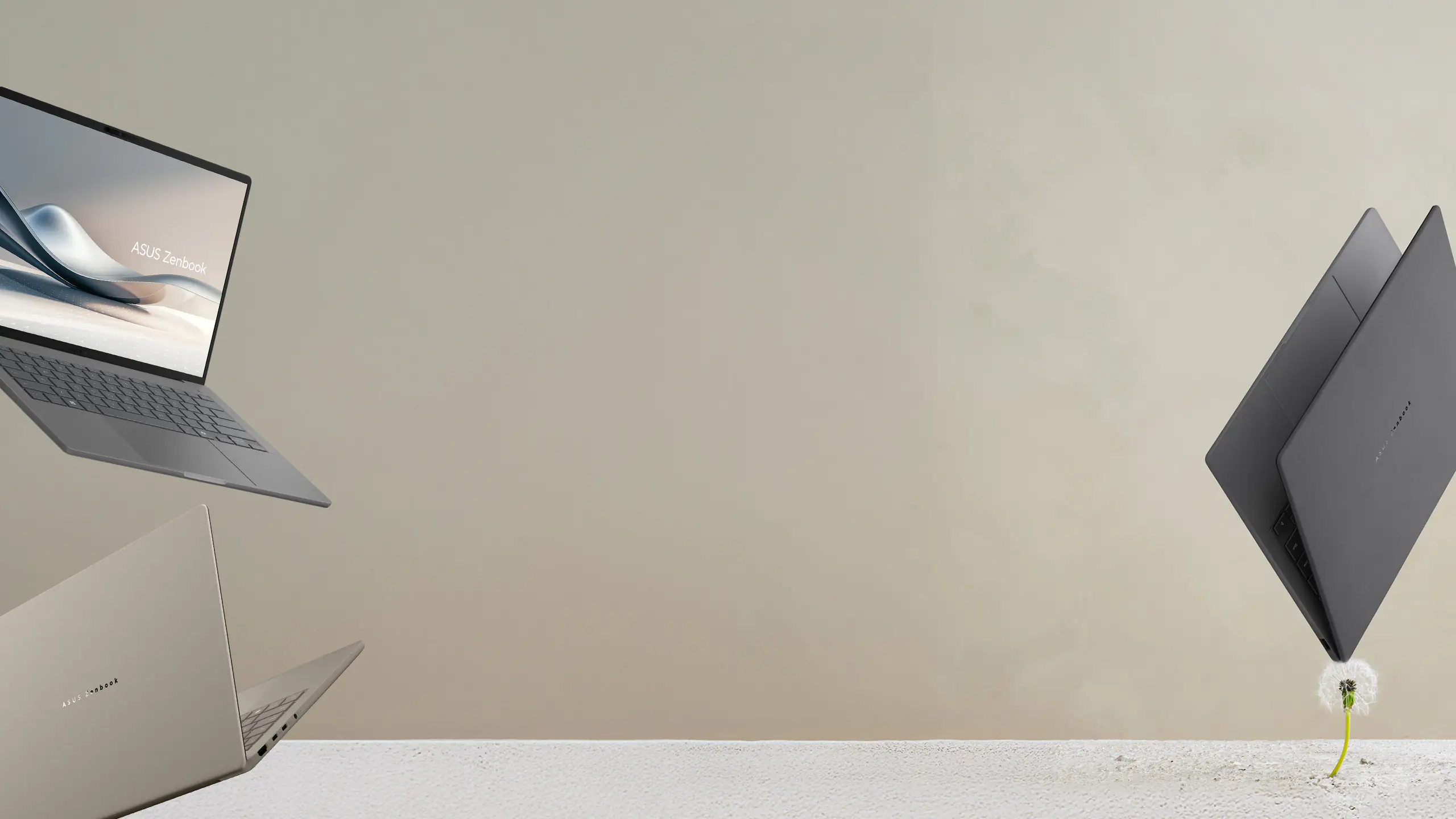© ROOT-NATION.com - Use of content is permitted with a backlink.
Starlink has become a powerful centre of satellite internet technology. However, a European player is entering the game with a plan to surpass its rival.
Everyone already knows about Starlink satellite communications, and some people even use them. The Starlink system can provide access to high-speed Internet in remote locations without the need to lay cables or build a large amount of additional infrastructure. The system’s satellites are in low Earth orbit, so the signal delay is almost imperceptible – up to 20 milliseconds, unlike the closest competitors, whose signal can be delayed by seconds.
To make the Internet work, gateway stations are installed on the ground. The gateway is connected to a satellite, which in turn transmits the signal to the final antenna. To connect to the network, you need a terminal that looks like a small satellite dish, a tripod and a router. It is thanks to this simplicity that Starlink terminals have become a true standard for satellite internet. But the way Elon Musk runs the company is causing global concern.
Read also: All about the new MuWNS navigation system: Works underground and underwater
Starlink and the war in Ukraine
Two days after the start of the full-scale Russian aggression in Ukraine, when the world was in shock, Ukraine’s Minister of Digital Transformation Mykhailo Fedorov wrote on Twitter: “Elon, while you are trying to colonise Mars, Russia is trying to occupy Ukraine! When your rockets successfully return from space, Russian rockets attack Ukrainian civilians! We ask you to provide Ukraine with Starlink terminals,” he wrote, addressing Elon Musk, the world’s richest man and owner of SpaceX. It is this company that includes the Starlink satellite telecommunications system, which provides access to the Internet from almost anywhere on Earth.
@elonmusk, while you try to colonize Mars — Russia try to occupy Ukraine! While your rockets successfully land from space — Russian rockets attack Ukrainian civil people! We ask you to provide Ukraine with Starlink stations and to address sane Russians to stand.
— Mykhailo Fedorov (@FedorovMykhailo) February 26, 2022
Musk reacted instantly. Two days later, the first Starlink terminals were already in Ukraine. Later, it would turn out that the billionaire was not such a philanthropist after all, as many partner countries had invested in the devices. However, this does not matter, because it was thanks to Starlink that Putin was prevented from destroying communications in Ukraine at the beginning of the war. It is satellite communications that helped and continues to help the Ukrainian Armed Forces destroy the enemy. However, in June this year, the Pentagon announced that it was signing a contract with Musk’s company to maintain terminals and supply new ones to Ukraine. This relieves SpaceX of the costs it incurred when the war began.
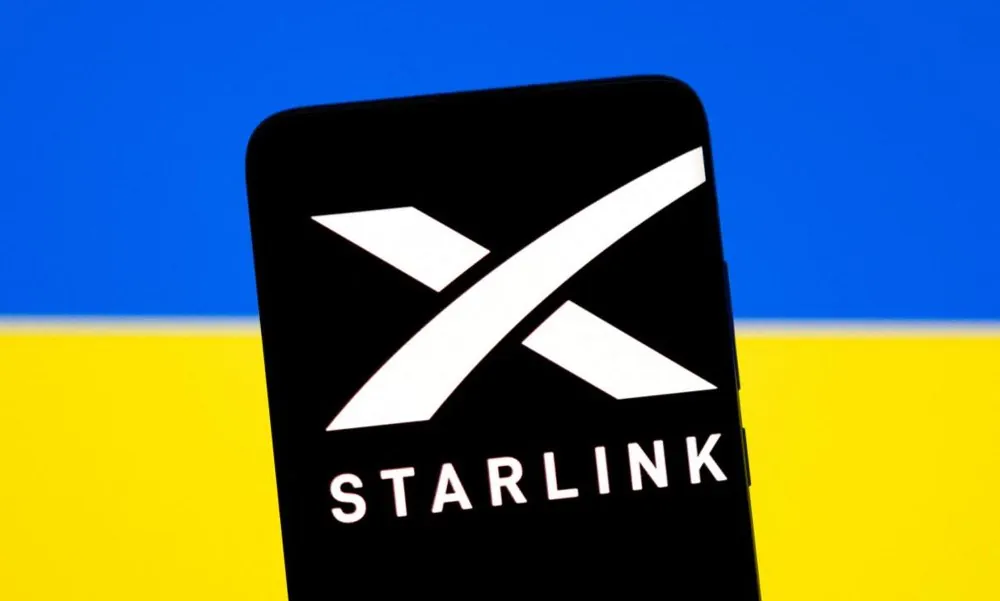
The importance of access to satellite communications is evidenced by information published by the New Yorker in late August. According to the journalists, before signing the contract with the government, Elon Musk had to talk to Vladimir Putin, because the latter wanted to convince the billionaire to disconnect Ukraine from the Starlink satellite constellation. Musk even tried to convince the Pentagon that such a disconnection was necessary for global security.
The situation in Ukraine has shown how important this communication tool can be, as it works even in war, when all other forms of communication have failed. And the business community remembered a somewhat forgotten niche: space satellites and satellite internet.
Read also: Modern artillery is Ukraine’s superweapon. And what does Elon Musk have to do here?
Monopoly on communications from space
Elon Musk launched the first Starlink satellites into low earth orbit in 2019. At the time, investing in satellite internet was seen as a not-so-smart move. In the 90s and early 2000s, other companies tried to take steps in this direction but were unsuccessful.
Mainly because of the high costs and technical difficulties associated with sending satellites into space. But Musk had an advantage. His SpaceX rockets, which launch satellites into orbit, can return to Earth and are, to some extent, reusable. This fact effectively reduces the cost of putting satellites into orbit and makes it possible to send them more often.
Today, there are more than 4,500 Starlink satellites in the sky. There are so many of them that they have already begun to change the appearance of the night sky. So much so that they are sometimes mistaken for shooting stars.

Starlink is often the only way to access the internet in war zones, remote areas and places affected by natural disasters. It is available in more than 50 countries, including the US, Japan, most of Europe and parts of Latin America. In Africa, where internet access lags behind the rest of the world, Starlink is available in Nigeria, Mozambique and Rwanda.
In recent years, the Starlink system has become a dominant player in the strategically important field of satellite internet. However, it has achieved its greatest importance and recognition thanks to the war in Ukraine. The technology gave the Ukrainian army a significant advantage over Russian forces. Starlinks has allowed the Ukrainian military to control drones, obtain important intelligence and communicate with each other. The Minister of Digital Transformation of Ukraine has repeatedly stressed that access to Starlink is one of the basic elements of success on the battlefield.
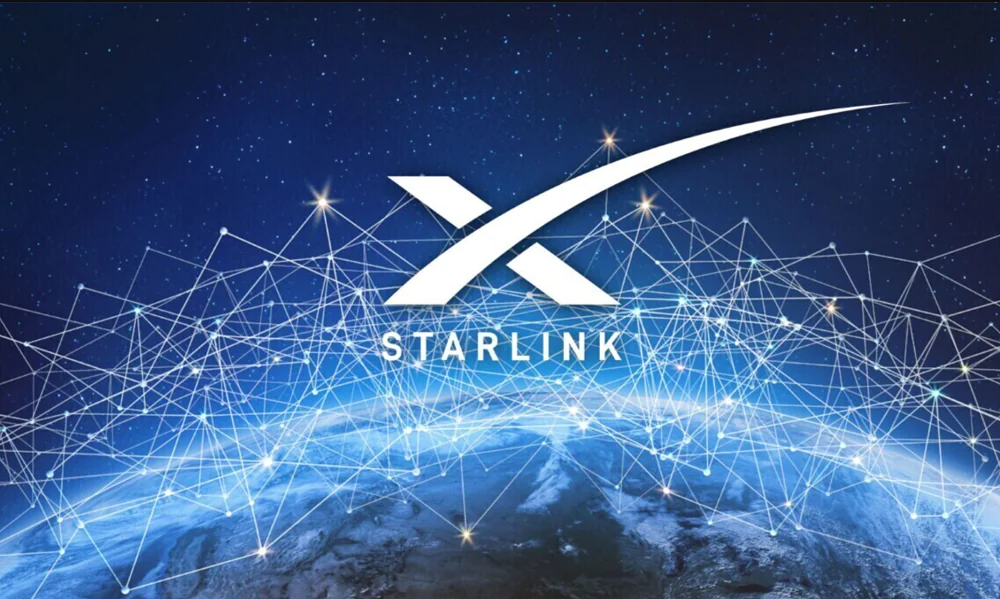
However, Elon Musk began to abuse his power and tried to influence the course of the war, as he did not like the fact that Ukraine was using Starlink not only for defence but also for offensive operations. Thus, this led to restrictions on Starlink communications on the front line, and in some cases blocked the connection altogether. This was the case last year, when Ukraine requested access to Starlink communications near Crimea to be able to direct combat drones at Russian ships in the Black Sea. Musk rejected this request.
European countries realised that there was an urgent need to have their own critical communications resources. They believed that such an important structure should not be in the hands of one person living on the other side of the world. The same is true for satellite communications market experts.
Faced with some regulation and Musk’s unstable management style, the current communications market is becoming increasingly worrying for military and political leaders around the world.
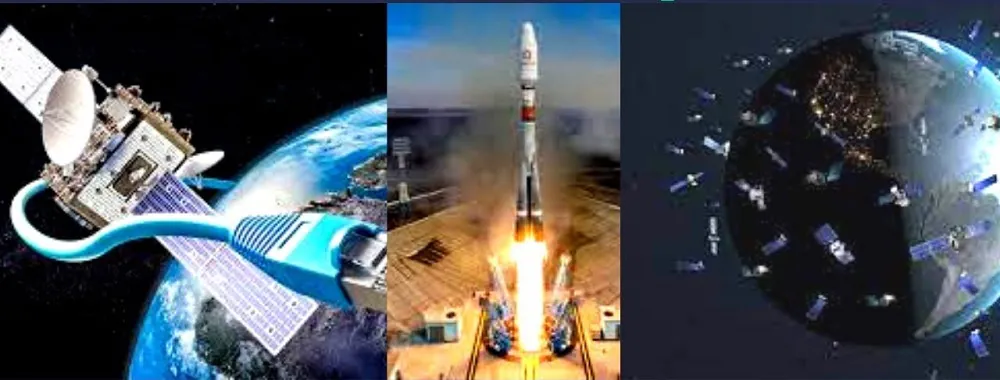
“Space plays a vital role in both our economic and security interests, but it is also an increasingly contested arena with competing interests vying for dominance”, – said Thierry Breton, the European Commissioner overseeing the draft European Space Strategy for Security and Defence. “The European Union cannot afford to be dependent on others,” he added.
Many observers have pointed to the recent merger of business interests between France’s Eutelsat and Britain’s OneWeb, which together could interfere with Musk’s plans to dominate the satellite internet market.
Read also: How Taiwan, China and the US are fighting for technological dominance: the great chip war
Profitable space alliances
There are three types of satellites orbiting the Earth. The farthest, about 36,000 km from the Earth, are geostationary satellites (GEO). Each of them moves at a speed equal to the Earth’s rotation, so it always remains above the same point above the planet’s surface. Geostationary satellites provide weather data, television signals and some low-speed data services. Their advantage is the stability of the connection. Once installed, an antenna pointed directly at the satellite will provide a stable signal. The disadvantage is the speed of the provided Internet. Due to the high altitude of the satellite in orbit, the signal is received with a significant delay.
The situation is different in low Earth orbit. Low Earth orbit (LEO) satellites are located at an altitude of up to 1200 km from the Earth. The Starlink satellite constellation belongs to this type. This distance ensures faster signal transmission, which leads to less delay. Low-Earth orbit satellites are used to provide broadband Internet access. Their main disadvantage is the lack of stability in difficult terrain conditions.
Between the GEO and LEO satellites are the MEO satellites, which are satellites in medium Earth orbit used for GPS and other navigation applications. MEO satellites provide fibre optic performance in remote areas such as the North and South Poles.
Recently, GEO satellite companies have seen opportunities in cooperation with low-Earth orbit (LEO) groups such as OneWeb, Starlink or Kuiper, which was recently announced by Amazon. Such an alliance guarantees diversification of the offer, as on the one hand, stable but slow internet is offered from geostationary satellites, and on the other hand, faster but less stable internet from low-Earth orbit (LEO) satellites.
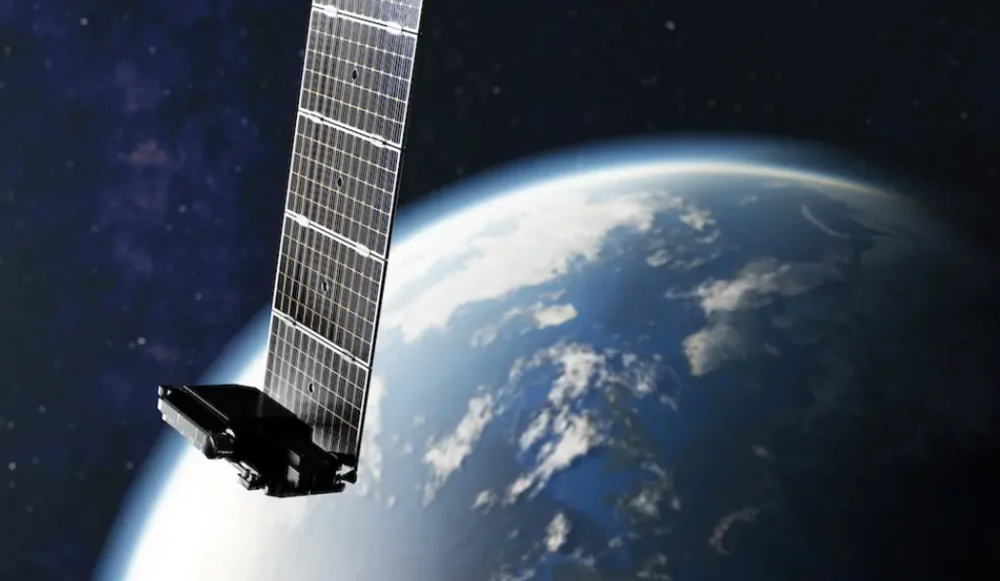
For these reasons, last year, Eutelsat, one of the largest geostationary satellite (GEO) operators in the world, announced a merger with OneWeb, a low-earth orbit satellite giant. “We will be the only integrated GEO and LEO player in the world,” said Dominique D’Hinnin, Chairman of the Supervisory Board of Eutelsat. He noted that the combination of the two businesses would create “an impressive growth opportunity in our sector and outperform our competitors”.
The merger of Eutelsat and OneWeb is seen as a step towards creating a powerful alliance that can compete with Elon Musk and Jeff Bezos. And there is a lot to compete for. The global satellite internet market was valued at $2.93 billion in 2020 and is expected to grow six-fold by 2030, reaching $18 billion by 2050, according to Allied Market Research.
Read also: What is the difference between OneWeb and Starlink?
Internet for all in Europe
The competitors D’Hinnin was referring to, such as Musk’s Starlink, have turned the old order on its head by relying on smaller, cheaper satellites that operate in low Earth orbit and are disrupting a once-stable industry. OneWeb pioneered the technology, but with heavy investment and technology developments that have lowered barriers to entry, the company needs to develop and modernise its network to keep up with the competition. Europe needs to develop satellite communications, because otherwise we may become completely dependent on imports of American technology. This is the opinion of most European experts.
So for OneWeb, the financial benefit of a relatively stable Eutelsat is one thing. The fact that the French and British governments are investing in the space race, which they see as a key to national sovereignty, is an added value.
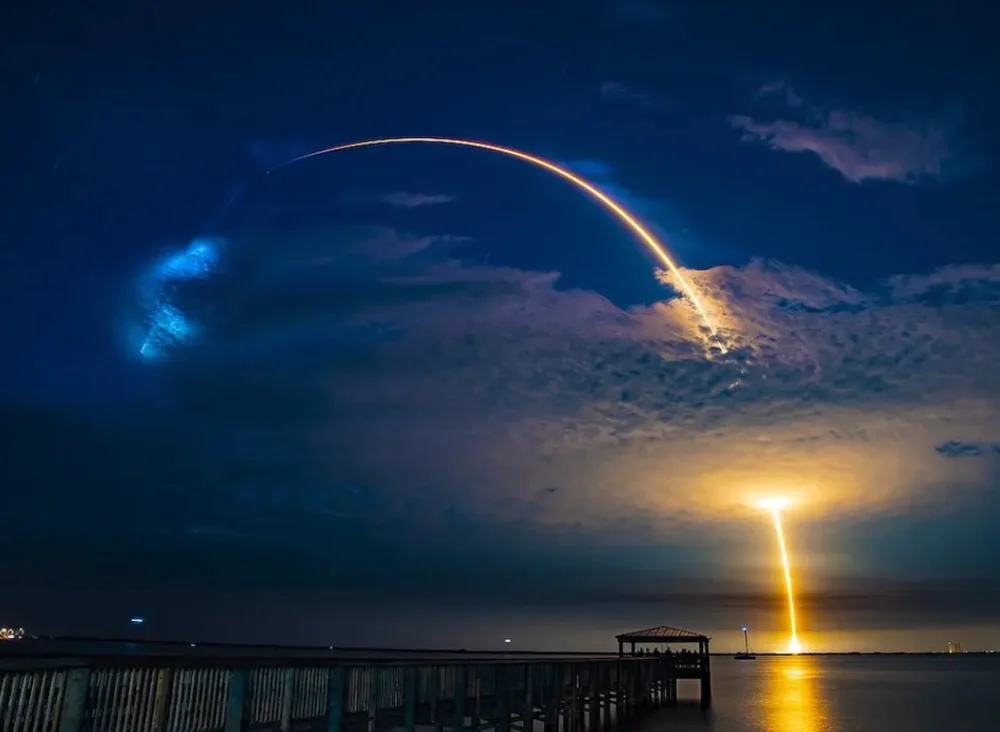
However, in order to ensure its sovereignty and a sufficiently stable Internet, European player OneWeb needs a large number of satellites in orbit. In March, the company launched 36 satellites from the Satish Dhawan Space Centre in India, bringing its existing constellation to 618 satellites. This seems like a small number compared to Starlink’s 4,500 satellites (it has the largest constellation). But, according to OneWeb executives, the company has enough to provide Internet connectivity anywhere in the world.
“We will be able to provide something that has been missing for a long time: high-speed broadband on every ocean-going vessel, yacht, seaport, offshore oil rig. Every aircraft will now be connected to a high-speed, low-latency connection,” CNBC quoted Sunil Bharti Mittal, co-owner of OneWeb, as saying. “The desert, forest, mountains, Himalayas, hard-to-reach areas will be covered by high-speed satellite communications,” he added. However, at the moment, we must admit that Elon Musk’s Starlink is still the leader.
Space independence of the European Community
On 14 February, the European Parliament decided to build its own satellite internet system, IRIS². The decision was made almost unanimously. The initiative was supported by 603 MEPs, with only six against. IRIS² is to become a European alternative to Starlink. “Russia’s military aggression against Ukraine has shown how important sovereign and secure space communications services are in the event of a conflict,” said European Commissioner for the Internal Market Thierry Breton.
IRIS² will focus on public services, including defence programmes. It aims to provide broadband connectivity for the whole of Europe, including the so-called blind spots where connectivity currently does not exist. This should bridge the digital divide not only in the European Union but also with its partners in some African countries. IRIS² is expected to be fully operational in 2027. The EU is counting on the technological contribution of both the largest European space industry players and start-ups. One of the partners will be Thorium Space, whose founder points out that satellite communications are needed not only for military reasons but also in the face of an increasing number of natural disasters.
During floods or fires, when equipment, i.e. telecommunication masts or fibre-optic systems, are flooded, burned or simply destroyed, no phones work. In such situations, there is only one solution – satellite communications, which does not depend on what is happening on Earth.
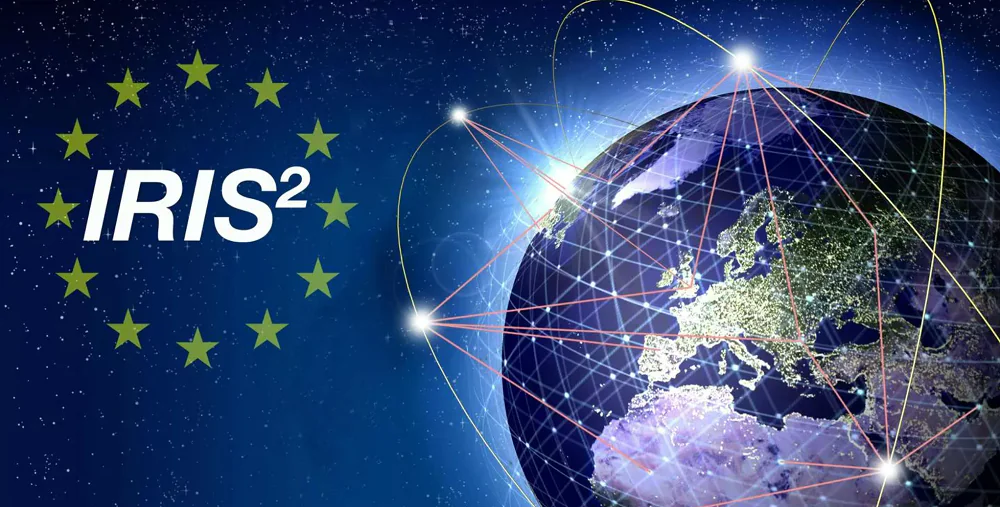
The tender for the concession agreement for the implementation of IRIS² was launched in March this year. “During the first stage, which lasted from 23 March to 26 April 2023, the Commission invited industry to submit its proposals. At this stage, the eligibility and conditions of participation of the bidders were assessed,” said Eric Mamer, spokesperson for the European Commission.
In the second phase, which began in May, the selected companies are invited to submit initial proposals for the scope of the contract, including design, cost, schedules and private sector investment. This stage will be important for the consolidation of the supply chain. This stage is expected to be completed this autumn, after which the selection of suppliers will be made.
“This is the first time that Europe is catching up. Europe, which slept through the creation of GPS in the 80s, finally decided to build its own navigation system called Galileo. Today it is the most accurate navigation system in the world, more accurate than GPS. This shows that if Europe consolidates its forces, it can create something competitive, even the best in the world. Of course, in the case of Starlink, Europeans have a huge backlog, and it will take a lot of effort to catch up. It will take a long time, but eventually the European solution should work.
The construction of IRIS² is part of a broader trend in the European Union’s recognition of space as a strategic area of key importance for security and defence, as well as for the functioning of society and the economy. Recently, the EU has been talking more and more about providing Internet connectivity for all Europeans, in which satellite communications will play an important role. Poland, Finland and some other countries with non-urbanised areas have difficulties connecting farms to fibre optics, i.e. cable with the Internet. And there are places in European countries where it can cost up to tens of thousands of euros to extend fibre optic cable to each house.
Eutelsat and OneWeb look forward to working with governments, including on military projects. They have already demonstrated the capabilities of their satellites to NATO representatives. “The European Union cannot afford to be dependent on others,” said Thierry Breton, the European Commissioner overseeing the draft European Space Strategy for Security and Defence.
However, this independence comes at a price. The European Union will allocate €2.4 billion from the budget for the construction of IRIS² infrastructure alone, an additional €685 million will come from the European Space Agency, and the rest will be covered by private investors. The entire project is expected to cost around €6 billion.
Read also: 7 coolest ways to use ChatGPT
What to expect?
Three years ago, OneWeb was in huge trouble. At the end of March 2020, the company even started preparing to file for bankruptcy after failing to raise $2 billion in funding from Japanese conglomerate SoftBank, the company’s largest investor. “Our current situation is a consequence of the economic crisis caused by Covid-19. We are convinced of the social and economic value of our mission to connect everyone around the world,” OneWeb CEO Adrian Steckel said at the time.
Although OneWeb emerged from bankruptcy in November 2020 thanks to a $1 billion investment from the UK government and India’s Bharti Enterprises, not all companies investing in the industry have been successful.
Both building and sending satellites into orbit is expensive. Apart from OneWeb, several companies learned this before going bankrupt. One of them was Teledesic, a company backed by Bill Gates that wanted to broadcast broadband internet from orbit, but launched only one satellite before declaring bankruptcy in 2002. Iridium launched a constellation of 66 satellites before declaring bankruptcy in 1999. This was after it failed to attract enough customers to sustain its business.
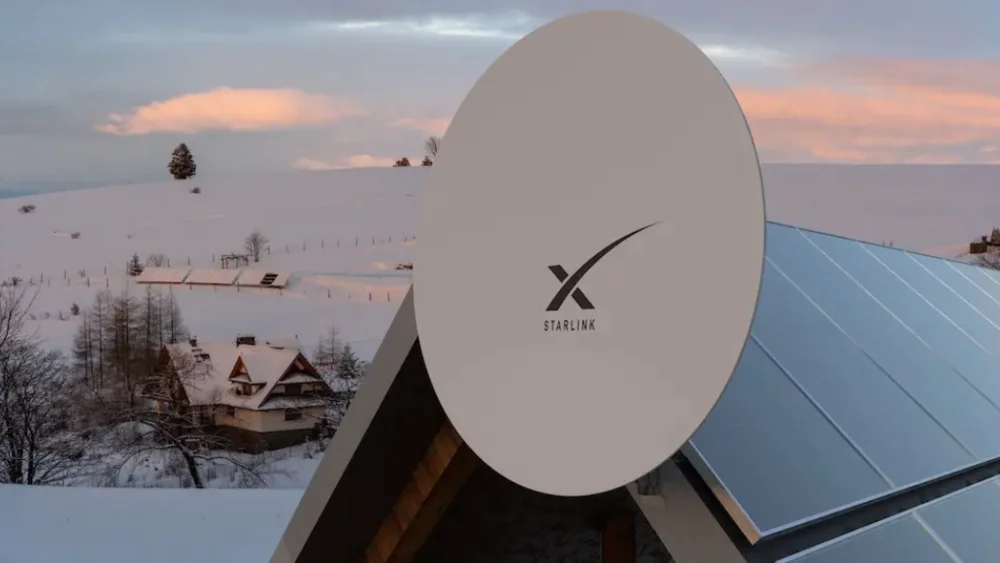
It should be understood that maintaining a group of telecommunications satellites in low orbit costs a lot of money. We are talking about amounts of up to two billion euros a year. This is really a huge amount of money.
However, in the case of OneWeb, the chances of success are increased by building IRIS². The company is one of the largest European space companies that want to join forces to apply for a role in the European Union’s proposed IRIS² project.
Armand Musie, a long-time satellite analyst, told the Financial Times that OneWeb is “at best, they’ll grow the group, attract customers, massively increase demand, and it will work out”, “at worst, they’ll go bankrupt”, he added.
The new race to build a constellation of internet satellites is a bit like a repeating story. It is unclear whether OneWeb’s main competitors, SpaceX and Amazon, will find enough customers to keep their own satellite internet services in business. On the other hand, OneWeb, unlike Starlink, is aimed exclusively at corporate clients, and this causes some limitations. Especially those related to business scaling.
It is important to understand that competition will only increase. The Chinese are also entering the game in the field of satellite internet. Their domestic satellite operator, China Satcom, which has been building geostationary satellites and has slept through the revolution initiated by Elon Musk and his Starlink, is now receiving a large injection of investment. The essence of the programme is to receive government support that can change the rules of the game in the global satellite services market, hindering the development of Western competitors.
During the keynote presentation at the 2020 Satellite Industry Conference, Elon Musk acknowledged that SpaceX’s Starlink internet grouping is an economic challenge for everyone. “Guess how many satellite constellations have not gone bankrupt?” Musk asked his audience. “Zero.” He is right so far, but the satellite internet market is not standing still. The situation can change at any time.
Most experts believe that the European project to create an independent satellite Internet will have a chance under one condition – if there is a lot of money behind it. Of course, everyone hopes that the money will come from governments or EU subsidies. Otherwise, this project will have no chance of success.
Read also:
- Chinese space station Tiangong: Everything we know so far
- The mysteries of Universe that we still don’t know the answers to
